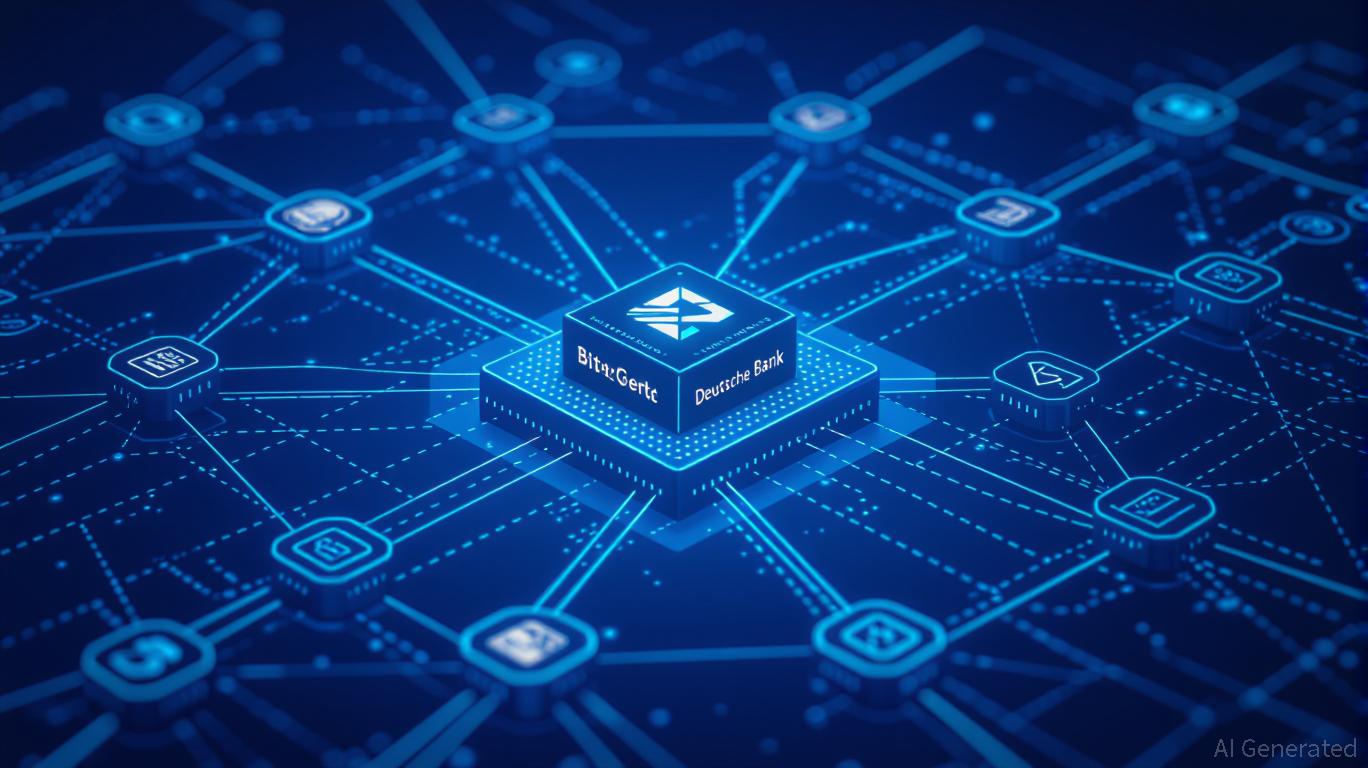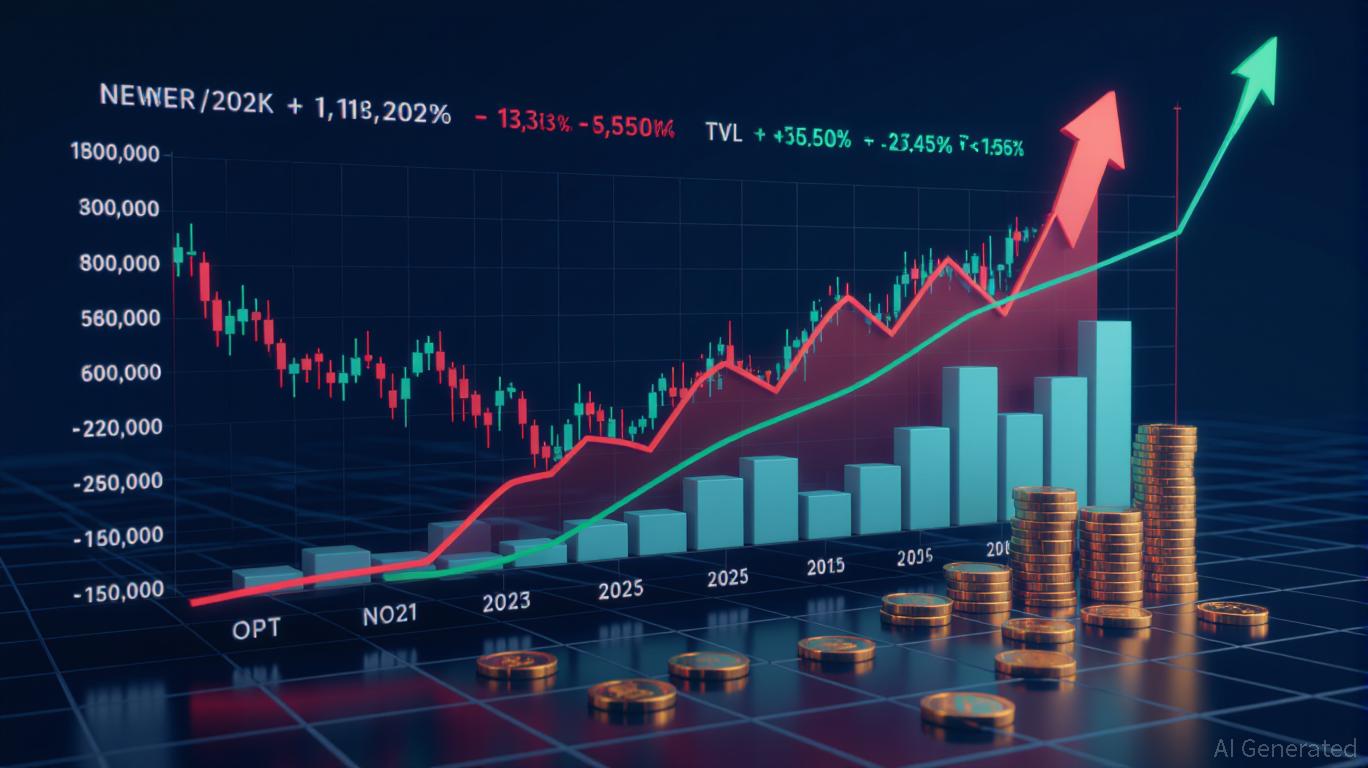Astar (ASTR) Experiences Price Rally in Late October 2025: Institutional Interest in Blockchain Interoperability Rises
- Astar (ASTR) price surged in late October 2025 as institutional interest in blockchain interoperability solutions intensified. - Astar's migration of DOT functionalities to its Asset Center improved cross-chain efficiency, attracting institutional trust. - Partnerships with Bitget, Startale Group, and Japan's Web3 leaders strengthened Astar's role as a bridge between traditional finance and decentralized ecosystems. - EURAU stablecoin's CCIP expansion highlighted growing institutional consensus on intero
Astar’s System Revamp: Enhancing the Polkadot Ecosystem
Astar Network, which operates as a smart contract platform within Polkadot, revealed a significant migration of DOT-related features—including balances, staking, and governance—from the Polkadot Relay Chain to its Asset Center, scheduled for November 3 to 7, 2025,
This migration has garnered strong backing from institutional participants. For example, Bitget, a leading crypto exchange, temporarily paused DOT deposits and withdrawals during the upgrade period to facilitate a seamless process,

Institutional Alliances and Web3 Goals
Astar’s appeal to institutions goes beyond just technical enhancements. The Astar Foundation has been proactively working with Japanese Web3 pioneers, such as Startale Group, to strengthen Japan’s blockchain framework,
At the same time, the EURAU stablecoin—a project supported by Deutsche Bank and DWS—has broadened its cross-chain reach by leveraging Chainlink’s Cross-Chain Interoperability Protocol (CCIP),
Market Trends: Price Movement and Analyst Insights
ASTR’s price rally in October 2025 occurred alongside these technical and institutional milestones. While the referenced sources did not include specific analyst commentary on Astar, the overall pattern of institutional investment in assets focused on interoperability points to a clear market direction. For instance, the expansion of the EURAU stablecoin shows that institutions are prioritizing infrastructure that enables transactions across different chains,
Importantly, Astar’s shift to the Asset Center lowers technical obstacles for both developers and businesses, allowing for quicker rollout of decentralized applications (dApps) that operate across multiple blockchains. This supports Polkadot’s vision for a “multi-chain future,” where interoperability is fundamental to blockchain’s usefulness. As more institutional investors direct funds toward projects that embody this vision, Astar’s technical achievements and network alliances stand out as key advantages.
Conclusion: Astar as a Leading Indicator for Institutional Blockchain Adoption
The ASTR rally in late October 2025 is part of a broader realignment of institutional priorities. Astar’s system improvements, strategic partnerships, and alignment with Polkadot’s interoperability objectives have created a positive feedback loop: enhanced efficiency builds institutional confidence, which then fuels greater demand for ASTR. As seamless blockchain integration becomes a baseline expectation for enterprises, Astar’s influence in this evolution is set to remain significant.
For those considering investments, the message is straightforward: projects that successfully connect blockchain innovation with institutional requirements are likely to shape the next wave of the market. Astar’s latest progress indicates it is well-placed to take a leadership role in this space.
Disclaimer: The content of this article solely reflects the author's opinion and does not represent the platform in any capacity. This article is not intended to serve as a reference for making investment decisions.
You may also like
Hyperliquid (HYPE) Price Rally: Could This Spark Institutional Interest?
- Hyperliquid (HYPE) surged 64.8% in H1 2025, driven by institutional-grade on-chain liquidity innovations and hybrid DeFi infrastructure. - Its HLP model, with $500M AUM and 75% decentralized perpetual trading volume share, challenges centralized exchanges with transparent, real-time liquidity. - Low-fee structure (0.45% taker) and HIP-3’s permissionless market-creation protocol expand utility to tokenized assets, attracting Robinhood and 21Shares. - Regulatory scrutiny and KYC challenges persist, but non

Meta has been exposed for making huge profits through a massive number of fraudulent advertisements.
The Surge in MMT Token Value: A Driving Force in DeFi or Just a Temporary FOMO Hype?
- MMT token surged 1330% due to high-profile exchange listings and liquidity incentives, sparking debates over sustainability. - Proponents highlight Momentum's DeFi roadmap and institutional infrastructure as blockchain innovation catalysts, while skeptics warn of speculative overreach. - Phase One delivered $12B trading volume and $265M TVL, but recent price volatility ($4.4 to $2.06) and $109M futures liquidations signal market fragility. - On-chain metrics remain opaque, with a 7.2 turnover ratio indic
